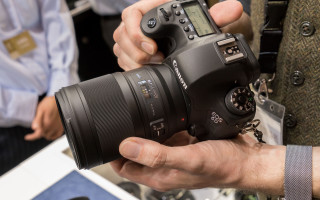Tokina Opera 50mm F/1.4 for Canon and Nikon and the new FíRIN 20mm
Tokina Opera 50mm F/1.4 for Canon and Nikon and the new FíRIN 20mm
Kenko Tokina has announced the release of the new Tokina Opera 50mm F/1.4 lens. This is a premium full-frame optics for high-end Canon and Nikon DSLRs. This lens is the first in a new family of Tokina lenses. The series is called "Opera".
“The Opera series is designed to perfectly match the high specification of full-frame DSLR cameras, which require high-quality optics to achieve their full potential,” says Tokina. “In addition to the original high-end Tokina AT-X series, this new Opera series is positioned as the premium segment for full-frame cameras and will be further expanded with other lenses that will have similar characteristics and meet the strictest benchmarks for quality and performance.”
Here's the company's explanation of why they chose this name:
“In modern society, the word “opera” is usually used to express general genres of performing arts. In Italian it means a work of art. Most often this word is perceived as something related to music. In Latin, Opera comes from “Opus,” which in modern language refers to literature, artistic or intellectual work.” We chose the name "Opera" for the new premium full-frame DSLR optics to highlight the ability to create true works of art.
The new Tokina Opera 50mm F/1.4 has a ring-shaped ultrasonic motor for automatic focusing. The lens housing is waterproof to protect the internals from moisture and dust.
This lens is also the first from Tokina optics to use an electronic aperture system for Nikon cameras. Tokina also says that the rotation of the focus ring will match official Canon and Nikon lenses.
Tokina Opera 50mm F/1.4 will be released in the summer of 2018, but the price has not been announced.

Opera 50mm F1.4 is quite large. The build quality matches the status of the lens. The focus ring has a very nice movement.

There is currently no information about the design of the first Opera; it was shown at the CP+2018 exhibition in the form of a prototype.


The new FíRIN 20mm F2 FE AF is available exclusively for Sony FE mirrorless cameras. This new lens has the same characteristics as the previous model, but has autofocus.

The optical design includes 13 lenses in 11 groups. Three elements are made with super-low dispersion, and two are aspherical. Fırın turned out to be compact and light. Weight is 464 grams. The addition of autofocus eliminated the distance scale that was on the previous version's body.

A hood is placed on the front of the optics. The thread diameter for the filter is 62mm. Firin 20mm F2 AF has a 9-blade aperture. The shortest focusing distance is 0.28 m.

This model is not protected from dust and moisture. The lack of a rubber gasket on the bayonet mount means that you should be careful when shooting in aggressive weather conditions. Nevertheless, Fırın 20mm F2 looks durable and reliable.
Sales in Japan will begin at the end of April. The global start of sales is scheduled for May 2018. The cost is currently unknown.
First acquaintance with Tokina 50mm F1.4 and 20mm F2


Two new lenses from Tokina, announced at the end of February, were shown at the CP+ 2018 exhibition.
Tokina has announced two lenses ahead of CP+ 2018: the 50mm F1.4 Opera and the FíRIN 20mm F2 FE AF. Employees of the Dpreview website visited the exhibition, which took place in Yokohama from March 1 to 4, visited the Tokina stand and held both new products in their hands.
The 50mm F1.4 Opera is a premium prime, the first of the new Opera line, designed for professional-level SLR cameras. The lens is quite large, the build quality and finish are exceptional, and the focus ring moves smoothly.

But the model presented at the exhibition is only a prototype, and, unfortunately, the company has not yet provided any information about the optical design of the lens or its future price. However, as stated in the press release, the name of the line, Opera, was not chosen by chance: the company hopes that the optics of this family will help photographers create real works of art.

The 50mm F1.4 Opera is weatherproof, including a bayonet seal to prevent moisture and dust from entering.
The lens should arrive on the European and Asian markets this summer.

The FíRIN 20mm F2 FE AF, a full-frame lens for Sony E-mount cameras, is something else entirely. This is an autofocus version of the previous model in this line, FíRIN 20mm F2 FE MF.

The optical design of the new lens, like its manual predecessor, consists of 13 elements in 11 groups, including three ultra-low dispersion glass elements and two aspherical elements. Despite this, FíRIN is compact and lightweight - only 464 grams. Unfortunately for fans of manual focusing, there is no distance scale on the body.

A bayonet hood and filters with a diameter of 62 mm are attached to the front of the lens. The 20mm F2 AF has a nine-blade aperture and a minimum focusing distance of 0.28m.

You should be careful when using this lens in difficult weather conditions, since it does not have a seal on the mount, and the manufacturer does not report protection from moisture and dust. But even so, FíRIN 20mm F2 looks very promising.

The estimated launch time for the lens is April (in Japan) and May (in the rest of the world). Price information has not yet been announced.
Photoblog 365
October 2, 2018
First look at the Tokina Opera 50mm f/1.4 FF lens
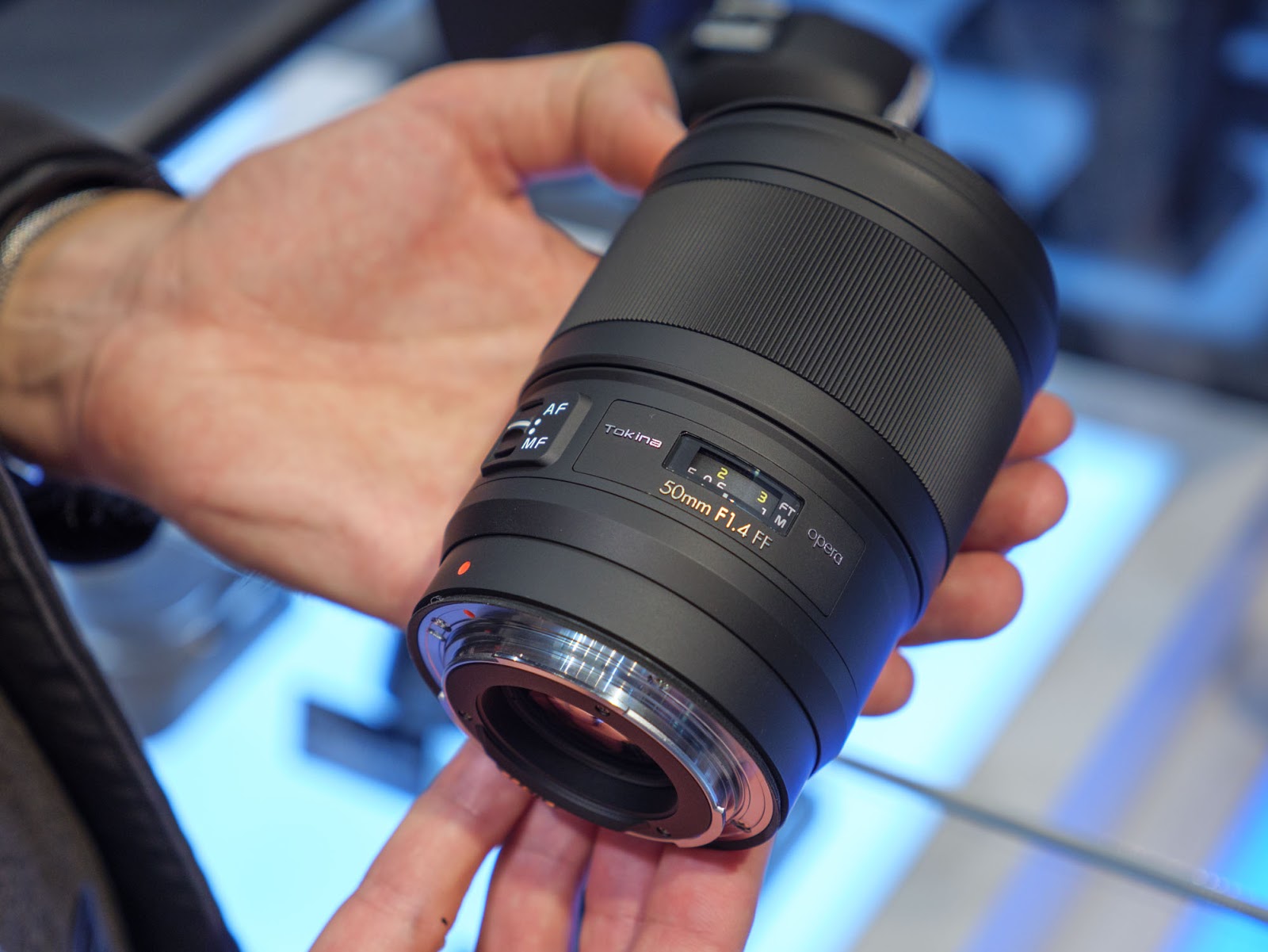
DPReview has published a preview of the new premium Tokina Opera 50mm f/1.4 FF lens for SLR cameras.
The Opera series is a high-end lens from Tokina, which is the same as Art from Sigma. But the Opera family is just beginning and the 50mm f/1.4 is the first lens in this series.
The lens will be available for Nikon and Canon SLR cameras with full-frame or APS-C sensors. The Opera 50mm f/1.4 lens is designed for high-resolution cameras such as the Nikon D850 or Canon 5DS R. Shipping to customers will begin in late October, the lens costs $950.
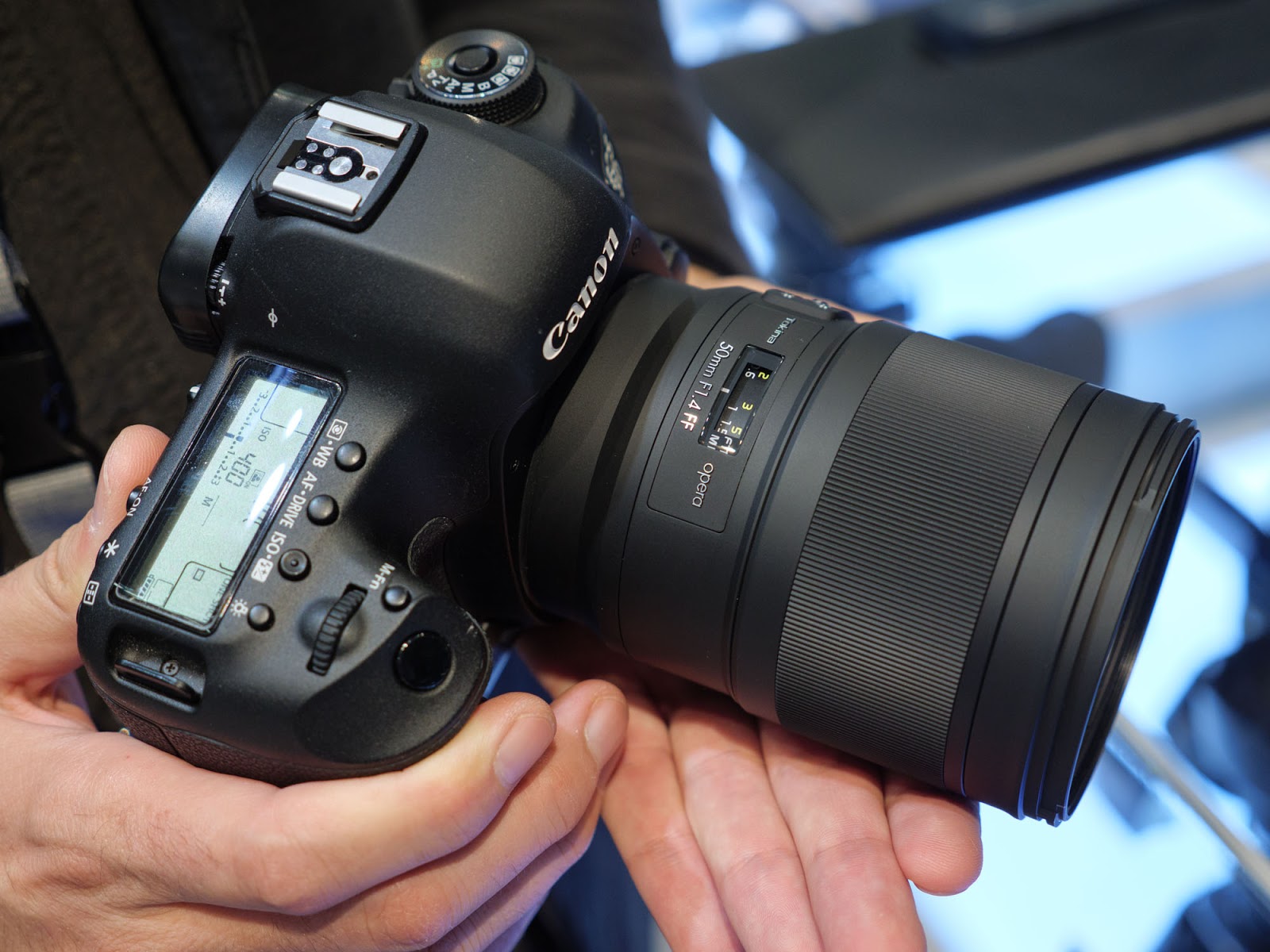
The build quality of the Opera lens is excellent. Weight - 950 grams, which is approximately 130 g heavier than the Sigma 50mm f/1.4 Art. But the lens feels good when paired with the Canon EOS 5D Mark IV, there is no feeling that it is overpowering.
The lens has a large rubberized focusing ring. For Canon and Nikon, the minimum focusing distance and infinity are maintained, and the ring rotates further beyond these values.
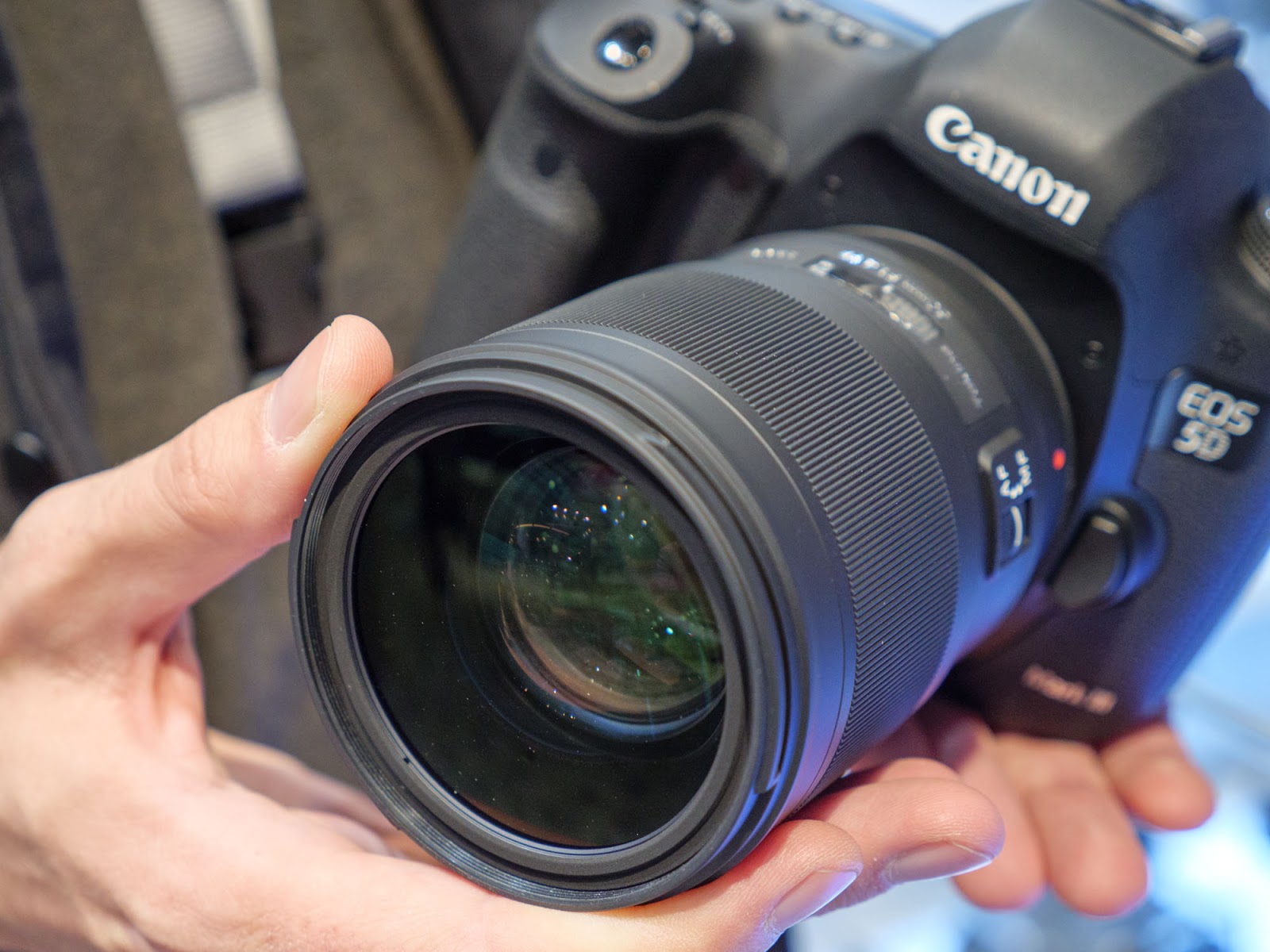
The optical design of the Opera 50mm f/1.4 consists of 15 elements in 9 groups. The three lenses are made from ultra-low dispersion material to minimize chromatic aberration. There is also one aspherical lens in the rear focusing group. To reduce glare and flare, a proprietary Extremely Low Reflection coating is used. The Opera lens can accommodate 72mm filters, which is slightly smaller than the Sigma lens, which is 77mm.
The minimum focusing distance for this lens is 0.4 m, the same as the version from Sigma.
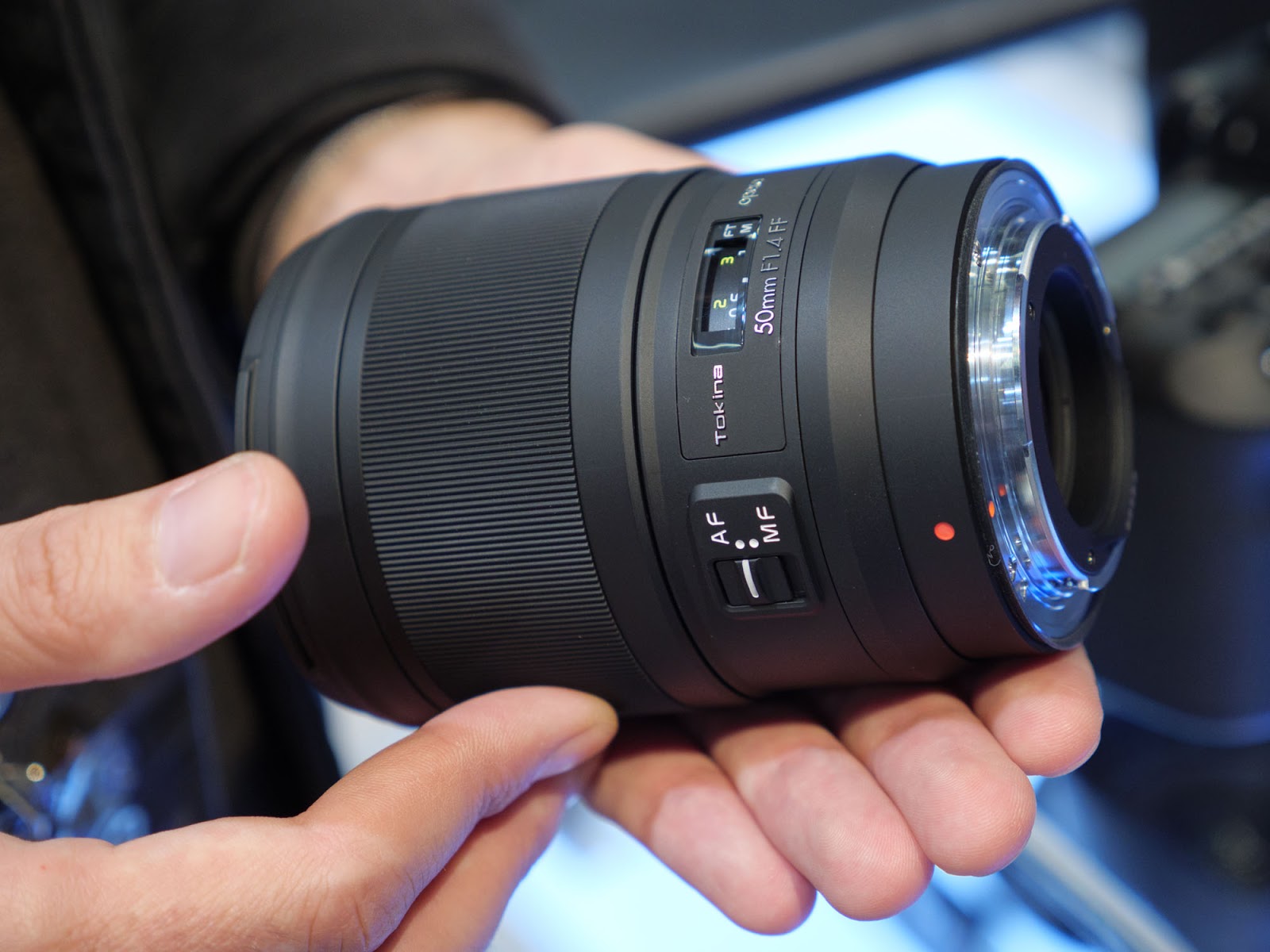
For autofocus, an ultrasonic ring motor is used, which operates very quietly. There is a switch on the side of the lens between manual and auto focus modes.
The diaphragm consists of 9 rounded blades, which we hope will produce very good bokeh. And this is the first lens from Tokina for Nikon cameras that has an electronic aperture drive.
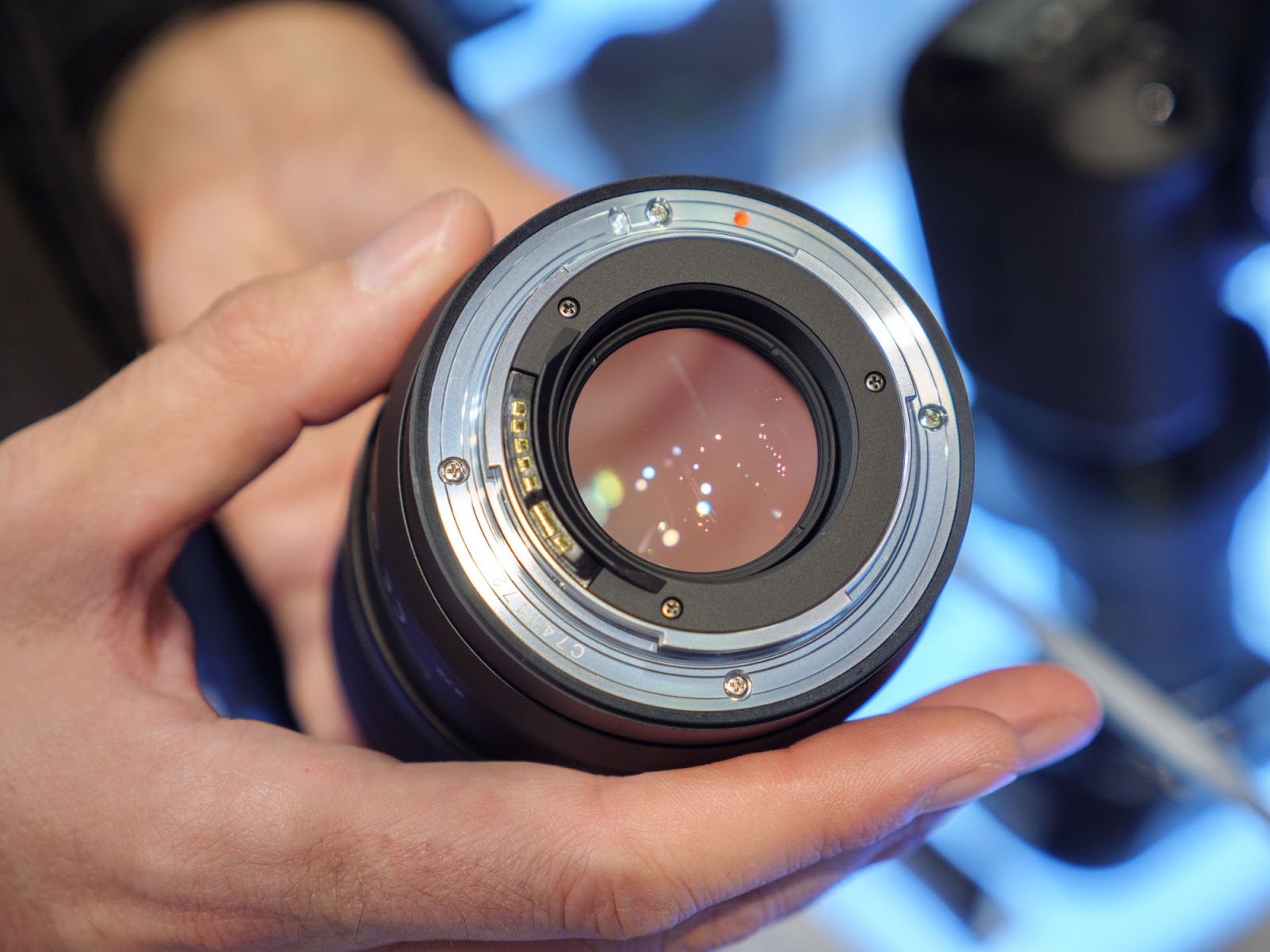
The Tokina Opera 50mm f/1.4 lens uses 8 seals to protect against moisture and dust. There is also a rubber gasket around the lens mount that protects the camera from dirt.

Overall, we are very pleased with the first Tokina Opera lens and will use it for shooting. It costs exactly the same as the Sigma 50mm f/1.4 Art and appears to be built to the same level of physical and optical quality. Since the Sigma is one of our favorite 50mm f/1.4 lenses, we have high hopes for the Tokina Opera 50mm f/1.4.
You can buy the Tokina Opera 50mm f/1.4 in the Adorama and B&H online stores.
Tokina Opera 50mm f/1.4 FF at its announcement aroused unfounded suspicions of copying
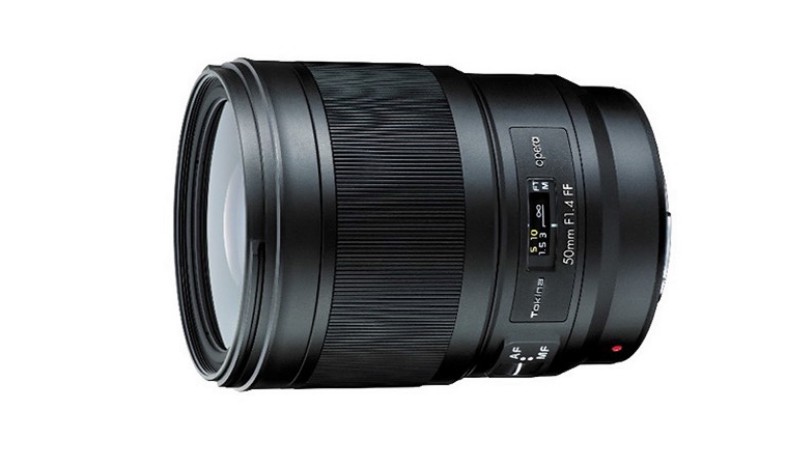

Kenko Tokina has officially introduced its new lens for full-frame SLR cameras Opera 50mm F/1.4 FF . The prospects for the lens, given its excellent optical characteristics, are also quite good, although its main audience will be professional studio photographers, for whom unprecedented quality is important, which does not allow sacrificing either sharpness or detail of the image. Today, the number of fifty dollars of different quality for full frame on SLR cameras is already very large, despite the fact that they are produced by different manufacturers. In addition to choosing a brand, there is also the possibility of choosing a relative aperture, depending on the photographer’s budget, from F1.2 to F2. Therefore, in terms of sales prospects, the lens may not be so unusual, but it definitely marks a new stage in the development of the Japanese company. Tokina is known primarily as a manufacturer of specialty lenses such as wide-angle lenses, and to a lesser extent as a manufacturer of high-quality prime lenses. Until recently, the fixes it produced were aimed mainly at the macro segment.
 |
|
| Tokina Opera 50mm f/1.4 FF | HD Pentax-D FA☆ 50mm f/1.4 SDM AW |
Interestingly, a year ago, a lens with similar characteristics was announced by Ricoh for the Pentax K mount. Online authors quickly noted the striking similarity of the two lenses in external design. As for the internal similarity, it is difficult to judge this, since the optical designs of both lenses have not been published anywhere. However, two scenarios are possible, given that the Tokina Opera 50/1.4 is not released for the Pentax K mount. The first option is related to the possibility of Kenko Tokina releasing this lens under its own brand under license, as happens, for example, in the automotive industry. The second option, that one company could steal the design and optical design from another, is impossible, since this area is protected by patent restrictions. But a certain similarity in the final design is possible, as a result of which conclusions can only be drawn when the optical design of the lens appears. However, the company's questions cannot be avoided.
In turn, we requested the optical design of the lens from the company’s representative office in Russia, and as soon as it is in our possession, we will definitely publish an update to this publication.
Nikon AF Nikkor 50mm F/1.4D vs Tokina Opera 50mm f/1.4
Why is Nikon AF Nikkor 50mm F/1.4D better than Tokina Opera 50mm f/1.4?
- 720g is lighter than
230g vs 950g - 16.4° is already the minimum viewing angle
Why is Tokina Opera 50mm f/1.4 better than Nikon AF Nikkor 50mm F/1.4D?
- 2 more aperture blades
What are the most popular comparisons?
Nikon AF Nikkor 50mm F/1.4D
Nikon AF-S Nikkor 50mm F/1.4G
Tokina Opera 50mm f/1.4
Sigma 50mm F1.4 DG HSM Art
Nikon AF Nikkor 50mm F/1.4D
Nikon AF-S Nikkor 50mm F/1.8G
Tokina Opera 50mm f/1.4
Sigma 50mm f/1.4 DG HSM Art
Nikon AF Nikkor 50mm F/1.4D
Nikon AF Nikkor 50mm F/1.8D
Tokina Opera 50mm f/1.4
Tamron SP 35mm f/1.4 Di USD
Nikon AF Nikkor 50mm F/1.4D
Nikon AF-S DX Nikkor 35mm f/1.8G
Tokina Opera 50mm f/1.4
Nikon AF-S Nikkor 50mm F/1.4G
Nikon AF Nikkor 50mm F/1.4D
Nikon AF-S DX Nikkor 18-105mm f/3.5-5.6G ED VR
Tokina Opera 50mm f/1.4
Pentax smc DA* 300mm F4 ED IF SDM
Nikon AF Nikkor 50mm F/1.4D
Nikon AF-S Nikkor 24-120mm f/4G ED VR
Tokina Opera 50mm f/1.4
Samyang XP 50mm f/1.2
Nikon AF Nikkor 50mm F/1.4D
Nikon AF-S Nikkor 85mm F/1.4G
Tokina Opera 50mm f/1.4
Sony 50mm F1.4 ZA SSM Carl Zeiss Planar T*
Nikon AF Nikkor 50mm F/1.4D
Nikon AF-S Nikkor 58mm F/1.4G
Nikon AF Nikkor 50mm F/1.4D
Nikon AF-S DX Nikkor 18-300mm f/3.5-6.3G ED VR
Nikon AF Nikkor 50mm F/1.4D
Nikon Nikkor 50mm F/1.2
general information
A metal mount is generally better than a plastic mount because it is more durable.
Nikon AF Nikkor 50mm F/1.4D
Tokina Opera 50mm f/1.4
The longer maximum focal length allows you to focus on a small part of the scene and also offers a narrower angle of view than shorter focal lengths.
Sigma 300-800mm F5.6 EX DG APO HSM
Canon EF 400mm F/4 DO IS II USM
In short, the minimum focal length allows you to capture more of the scene in a photo, and offers a wider viewing angle than longer focal lengths.
Canon EF 35mm F/2 IS USM
It comes with a lens hood so you don't have to buy it separately. They are used to block strong light sources such as the sun to prevent glare.
Nikon AF Nikkor 50mm F/1.4D
Tokina Opera 50mm f/1.4
The front element does not rotate. This is important if you are using filters, some of which, such as polarizing or gradient filters, must be rotated in a certain way.
Nikon AF Nikkor 50mm F/1.4D
Tokina Opera 50mm f/1.4
Optics
Optical image stabilization uses gyroscopic sensors to monitor camera vibrations. The lens adjusts the optical path accordingly, preventing blurring of the image before it is captured.
Panasonic Lumix G Vario 14-140mm f/3.5-5.6 II ASPH Power OIS
Nikon AF Nikkor 50mm F/1.4D
Tokina Opera 50mm f/1.4
The zoom range is the ratio between the longest and shortest focal length. A higher zoom range means the lens is more versatile.
Tamron 18-400mm f/3.5-6.3 Di II VC HLD
At the short end of the lens you get the widest angle of view. This allows you to fit more of the scene into a photo (based on the APS-C format).
Leica APO-Summicron-SL 75mm f/2 ASPH
At the long end of the lens you get the narrowest angle of view. This allows you to fit a small portion of the scene into a photo as if you were pointing the camera at the subject (based on the APS-C format).
Tamron SP 150-600mm F/5-6.3 Di VC USD
Aperture
This is the widest aperture available at the shortest focal length. With a wider aperture, the sensor can capture more light, helping to avoid blur with a faster shutter speed. It also provides a shallow depth of field, allowing you to blur the background to focus on your subject.
Samyang XP 50mm f/1.2
This is the widest aperture (diaphragm) available at the maximum focal length. With a wider aperture, the sensor can capture more light, helping to avoid blur through faster shutter speeds. It also provides a shallow depth of field, allowing you to blur the background to focus on your subject.
Samyang XP 50mm f/1.2
The aperture determines how much light passes through the camera's sensor. More blades are often an indicator of better lens quality. They also produce better bokeh when they blur the background, whereas a lens with fewer blades will often result in harsh, more polygonal bokeh.
Lensbaby Velvet 85
This is the smallest aperture (aperture) available at the maximum focal length. A smaller aperture reduces the amount of light entering the sensor. This is important in bright lighting conditions, where a wide aperture can cause your photo to be overexposed (overexposed). Another benefit is that with a smaller aperture you get greater depth of field and can keep all your images in focus.
Kenko Tokina has announced the release of the new Tokina Opera 50mm F/1.4 lens. This is a premium full-frame optics for high-end Canon and Nikon DSLRs. This lens is the first in a new family of Tokina lenses. The series is called "Opera".
“The Opera series is designed to perfectly match the high specification of full-frame DSLR cameras, which require high-quality optics to achieve their full potential,” says Tokina. “In addition to the original high-end Tokina AT-X series, this new Opera series is positioned as the premium segment for full-frame cameras and will be further expanded with other lenses that will have similar characteristics and meet the strictest benchmarks for quality and performance.”
Here's the company's explanation of why they chose this name:
“In modern society, the word “opera” is usually used to express general genres of performing arts. In Italian it means a work of art. Most often this word is perceived as something related to music. In Latin, Opera comes from “Opus,” which in modern language refers to literature, artistic or intellectual work.” We chose the name "Opera" for the new premium full-frame DSLR optics to highlight the ability to create true works of art.
The new Tokina Opera 50mm F/1.4 has a ring-shaped ultrasonic motor for automatic focusing. The lens housing is waterproof to protect the internals from moisture and dust.
This lens is also the first from Tokina optics to use an electronic aperture system for Nikon cameras. Tokina also says that the rotation of the focus ring will match official Canon and Nikon lenses.
Tokina Opera 50mm F/1.4 will be released in the summer of 2018, but the price has not been announced.

Opera 50mm F1.4 is quite large. The build quality matches the status of the lens. The focus ring has a very nice movement.

There is currently no information about the design of the first Opera; it was shown at the CP+2018 exhibition in the form of a prototype.


The new FíRIN 20mm F2 FE AF is available exclusively for Sony FE mirrorless cameras. This new lens has the same characteristics as the previous model, but has autofocus.

The optical design includes 13 lenses in 11 groups. Three elements are made with super-low dispersion, and two are aspherical. Fırın turned out to be compact and light. Weight is 464 grams. The addition of autofocus eliminated the distance scale that was on the previous version's body.

A hood is placed on the front of the optics. The thread diameter for the filter is 62mm. Firin 20mm F2 AF has a 9-blade aperture. The shortest focusing distance is 0.28 m.

This model is not protected from dust and moisture. The lack of a rubber gasket on the bayonet mount means that you should be careful when shooting in aggressive weather conditions. Nevertheless, Fırın 20mm F2 looks durable and reliable.
Sales in Japan will begin at the end of April. The global start of sales is scheduled for May 2018. The cost is currently unknown.
Tokina Opera 50 mm f/ 1.4 FF lens

| Appearance |



MTF Charts


Wholesale scheme

Average price: 
| Format: 35mm mirror
Type: Fixed focal length (fixed) Focus: Autofocus System: Canon EF, EF-S, Nikon F (FX, DX) Production start year: 2018 Optical design: 15 elements in 9 groups (1As+3ED) Features: Ultrasonic motor |
||||||||||||||||
Characteristics:
|
||||||||||||||||
Additional Information:
Tokina Opera 50mm F1.4 FF is a fast normal prime lens for 35mm autofocus SLR cameras. The optical design of the lens consists of 15 elements in 9 groups, including one aspherical element and three elements made of anomalous dispersion glass, using a new multi-layer ELR (Extremely Low Reflection) coating. The design is remarkably similar to Pentax. New "Opera" line of high-quality lenses for high-resolution cameras. Ultrasonic ring-type motor in the autofocus drive. Internal focusing. Protection from dust and moisture in the form of seals. Electromagnetic diaphragm. The direction of rotation of the focus ring in accordance with the mount brand. Bayonet hood BH-726 included. Release is scheduled for summer 2018. Should go on sale at the end of October 2018. Links to Web resources:
Added by: dv Date of publication: 03/01/2018 Tokina Opera 50mm F/1.4 for Canon and Nikon and the new FíRIN 20mm Link to main publicationFor any suggestions regarding the site: [email protected]
|

